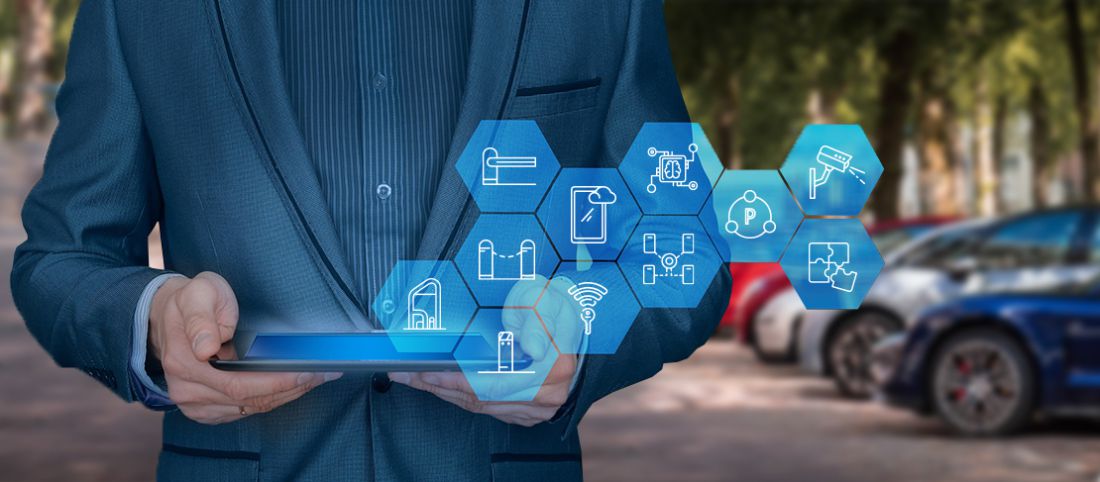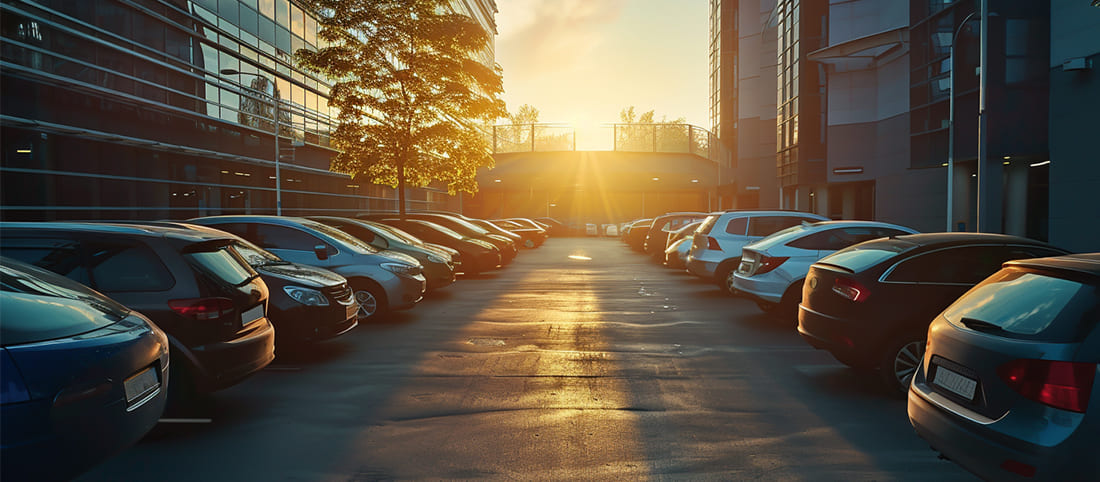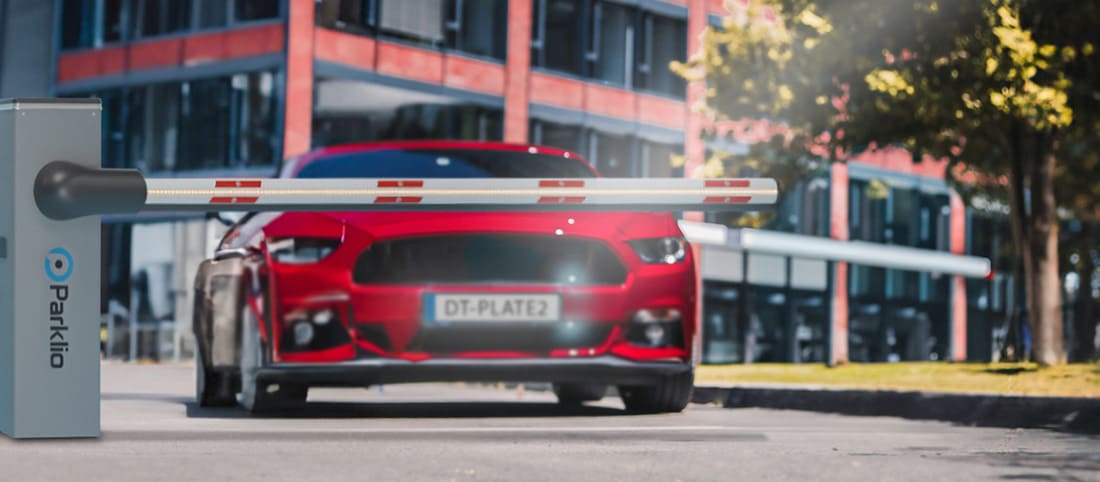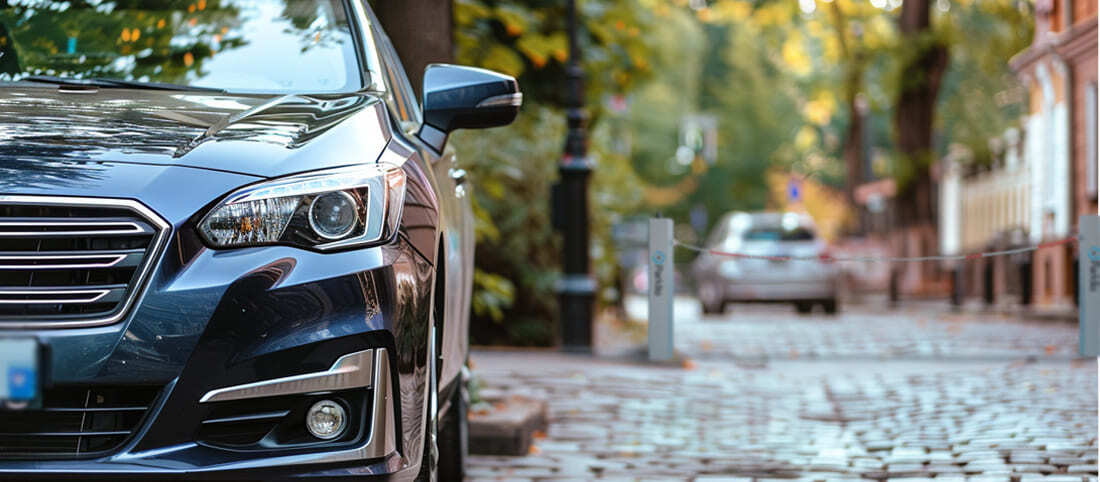5 Urban Parking Problems and their Smart Solutions

We are living through a global urbanization period. The number of people living in cities is growing. According to Eurostat, this trend has been constant for over 20 years and is predicted to continue. Parking problems are common in all urban areas and affect everyone — pedestrians, business owners, drivers, and city authorities alike. But what if there was a way to address these issues and make parking easier for everyone in your city? Let's discuss the 5 most common parking problems and reveal their smart solutions.
Table of contents:
Identification and Resolution of Urban Parking Problems
Parking is a part of our daily lives. Whether we think about it or not, we all have to park our cars somewhere. The parking industry plays a crucial role in driving sustainability in the world - especially in urban areas. In an increasingly urbanized society, cities are confronting many challenges when it comes to parking. Some of these challenges include:
- Cities are growing at an exponential rate
- The number of cars on the road increases every year
- Parking spaces are getting more scarce
This has made it difficult for urban planners to provide enough parking for both citizens and visitors. So, let's examine how smart parking solutions can help them solve urban parking problems more efficiently.

Urban parking problem #1: Inefficient utilization of existing parking spaces.
The fundamental urban parking problem is poor utilization of available parking spots —and that means wasted time, money, and resources for everyone involved. This issue is critical because it has the potential to have a significant influence on the city's efficiency and quality of life. That’s why cities need to find a way to ensure that there are adequate parking spots to accommodate its citizens vehicles while also ensuring that those spaces are utilized effectively.
Smart Parking Solution: Optimize parking space usage by implementing parking management systems
Parking management systems (PMS) allow cities to collect data on all aspects of their parking infrastructure including occupancy rates, duration of stay, and location. This information can be used to make better decisions regarding where new parking should be built and how existing spaces should be utilized. For instance, they can help optimize the use of existing parking resources by monitoring occupancy rates in real-time and adjusting pricing as needed. This ensures that there are enough spots available while also maximizing revenue from paid parking.
Urban parking problem #2: Searching for a place to park wastes a lot of time.
Parking in central parts of cities can be challenging. This is especially true in cities where there are far more cars than available parking spaces. You have to drive around, searching for an available spot, while keeping an eye out for other vehicles and signs to ensure you're not breaching any rules. It's stressful, annoying, and a complete waste of your time which is why city parking managers are struggling to find the best answer to this issue.
Smart Parking Solution: Provide real-time parking availability by employing sensors or camera detection systems.
Cities can provide real-time parking spot availability to drivers using smart parking technologies such as sensors or video detection systems. The sensors are put in the pavement of each parking space to detect the presence of cars, while the video detection system employs a camera to monitor and report on the availability of the whole parking lot (up to 200 parking spots per camera). To provide information about parking spot availability, a smartphone app, online portal, or on-site terminal are most commonly used. Drivers can then take advantage of this information to plan their routes more precisely when driving into downtown areas with limited parking.
Also read: Parking Space Detection: Sensors vs Camera | Comparison Review
Urban parking problem #3: Parking congestion produces high CO2 emission levels.
Nothing is worse than parking congestion caused by drivers looking for open spaces. This is common in large parking lots, underground garages, and multi-story car parks, where visibility is limited and signage can be confusing or difficult to read, so drivers have no idea where available parking spaces are. As a result, they waste a lot of time driving around looking for a parking spot, increasing their fuel consumption and CO2 emissions. And it's not just about wasted time and environmental damage. Parking congestion also increases the likelihood of accidents because frustrated drivers, looking for parking spots, have less patience and are more likely to drive recklessly or cut corners. in order to find one faster.
Smart Parking Solution: Clearly communicate up-to-date availability information by installing parking displays throughout the lot.
As an add-on to smart detection systems, installing parking displays is an excellent way to provide drivers with clear information about parking availability at strategic points throughout the lot, such as the beginning of an aisle, parking rows, and even entrances and exits. This type of solution creates a more seamless experience for drivers by providing them with up-to-date information on available spaces. This way they can quickly determine if they should continue driving through or if they should turn and find another place to park.
Urban parking problem #4: Inflexible parking payment regulation and manual charging.
It's no secret that many cities still have quite inflexible parking payment regulations. Once you've parked, you need to pay in cash at the machine or by SMS for the time you expect to be parked there. The problem is that it's difficult to predict how long you'll be away from your vehicle, so you end up guessing and either paying too much or getting a ticket. There are also lots where payment is still made in cash to the attendant at the gate, which not only wastes time but also slows down the flow and adds unnecessary costs to both drivers and parking operators. This is why cities need to find a solution that will allow them to develop a more flexible and user-friendly parking payment system.

Smart Parking Solution: Enable drivers to pay for a parking place by phone, QR code, or online by using automated payment systems.
Automated parking payment systems are a win-win solution for both drivers and operators. For drivers, it's a convenience of paying for their parking through mobile apps and QR codes, which allow them to pay right from their cars. The automated payment system also means that drivers do not have to worry about running out of change or exceeding their allotted parking time, which is a major relief for anybody who has ever received a parking overstaying ticket. The best part? No more waiting in line at the kiosk or fumbling around for money when you're late for an appointment. For operators, the benefits are just as clear: streamlined operations, reduced costs associated with accepting cash payments, and improved customer satisfaction through easier service. Automated parking payment systems are also easy to implement and maintain, so there's no need to worry about any extra hassle or expenses during installation or afterward.
Urban parking problem #5: Protecting parked vehicles from theft and vandalism.
Security is a major concern when it comes to managing a parking lot. Parking lot managers need to ensure that vehicles are not vandalized, stolen, or broken into while parked. This can be especially challenging in urban environments where there is a higher crime rate and more potential for vandalism. Many car owners store valuable items in their parked cars, things such as computers, cell phones, and tablets which are easy targets for thieves particularly if the parking lot is poorly lit, unmonitored, and has inadequate security measures in place.
Smart Parking Solution: Monitor and improve lot safety by leveraging ANPR technology.
The best way to improve safety on your lot is to use ANPR cameras strategically placed so that you can monitor every car entering and exiting your lot as well as vehicles parked within it. You can track all vehicle license plates so that you always know who is entering and exiting your property. This technology is useful not only for increased safety but also for monitoring traffic patterns, which can provide valuable information about how your lot is used by customers.
Another Way of Overcoming the Problems of Urban Parking
The future of urban parking is here. Smart parking solutions are revolutionizing how we park and manage our parking spaces. The use of smart technology in this industry has grown rapidly in recent years, improving urban parking, but there are still other available options that can help untangle the urban parking problems.
Sharing Economy and ride-sharing services
Parking spaces in a city are a valuable resource that should be used in a sustainable and environmentally friendly manner. The sharing economy has exploded in recent years as more people realize how wasteful our current economic model is. It has also given rise to ride-sharing services as a great way to keep those cars off the road while making more efficient use of our available resources. This reduces traffic congestion and pollution by allowing drivers to pick up multiple passengers at once while also allowing them to make money on the side. Ride-sharing services like Uber and Bolt have made it easier than ever for people to get around without having to own a car or worrying about where to park. It really is a win-win all around!

Sustainable mobility for everyone
Sustainable mobility is about providing people with alternatives to private cars that allow them to travel more conveniently, safely, and affordably. Cities are increasingly looking for ways to encourage the use of public transportation and other sustainable mobility solutions such as bike riding, e-bikes, and scooters in order to reduce car ownership. These solutions not only help to solve parking problems, but they can also help to reduce traffic congestion and pollution, as well as help people, save money and improve their health.
However, the transition to sustainable mobility will be successful only if it is supported by infrastructure. If people are not going to use private cars, they need access to public transportation, bike lanes, charging stations for electric vehicles, and even parking spaces for their bikes. This means that governments must invest in this type of infrastructure in order to encourage citizens and businesses to choose sustainable modes of transportation.
Also read: How Smart Parking Systems Help Form Smart Cities?
Get Ready to Be a Part of the Smart City Revolution
The smart city revolution has been ongoing for quite some time, and it will only expand in popularity and relevance as our cities get more populated. As we look for new ways to enhance our mobility, smart parking solutions will become even more popular. But these systems alone will not be enough. We'll also need to proactively think about the way that we design our cities, and where we decide to locate different forms of infrastructure like parking lots, highways, parks, etc. These decisions won't always be easy. But by shifting our views on parking and traffic flow, both city government and private companies stand a much better chance of putting together effective solutions that will ultimately solve urban parking problems and benefit us all.


